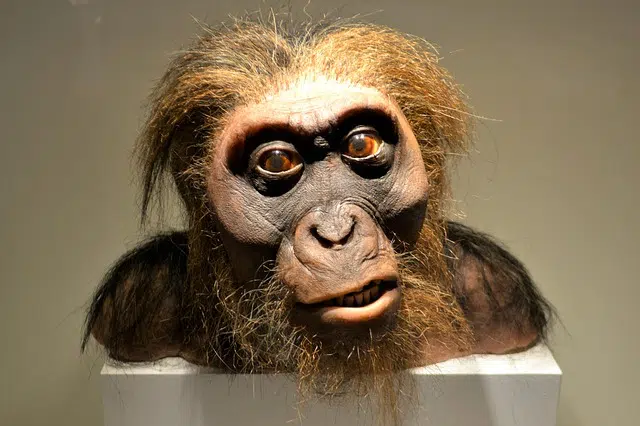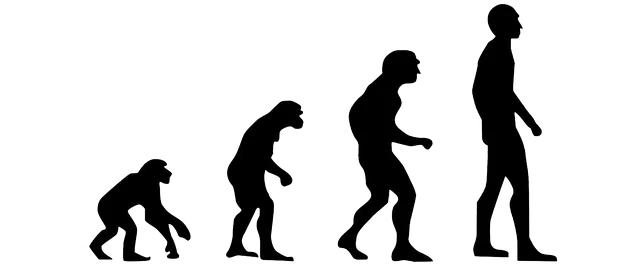
Homo habilis is among the oldest species of the genus Homo.
Homo is a genus of hominid primates belonging to the tribe Homininis . Human beings , along with their closest ancestors, are part of this genus that emerged approximately 2.4 million years ago.
Homo habilis is one of the oldest species of the genus Homo . It lived in the African region between 1.9 and 1.6 million years ago , in the Preistocene epoch ( Cenozoic era ). The discovery of his fossils took place between 1962 and 1964 , when Louis and Mary Leakey found his remains in Tanzania .
At that time it was declared the oldest species of the genus Homo, although it was later displaced by Homo rudolfensis . The adjective habilis ( "skillful" ) comes from stone instruments whose creation was attributed to him.
Particularities of Homo habilis
An increase in brain size compared to Australopithecus (belonging to an extinct genus of hominid primates) was one of the main aspects to consider to determine that Homo habilis was a different species. For some experts, however, both Homo habilis and Homo rudolfensis could be considered a species of Australopithecus .
Finally, the larger and more rounded skull, the molars with thick enamel, the spadiform incisors, an occipital hollow located more centrally and a reduction of the pelvis (due to the bipedal position of the females) were other characteristics taken into account to determine that the fossils found in Africa belonged to a new species . Homo habilis , in this way, today is recognized as another of the extinct species of the genus Homo .

Homo habilis and other extinct species are part of the origins of human beings.
The origins of the human being
The struggle of human beings to understand their origins is an adventure that they have undertaken a long time ago and that will probably never be concluded. Speaking specifically of Homo habilis, the excavations led by Louis and Mary Leakey began in Olduvai in 1931, more than three decades before its discovery, and led to a large number of complications, among which were encounters with wild animals. .
In fact, before finding the first remains of Homo habilis, the Leakey couple found a new species, which they named Zinjanthropus boisei , although it was later renamed Paranthropus boisei . It is a species of hominid from East Africa that had a powerful chewing apparatus, essential for its diet , which focused on hard vegetables, roots and seeds.
In addition to the hard work that the Leakeys had to carry out throughout their lives , they also had to face the difficulties of trying to convince the rest of the world that their findings were authentic samples of hitherto unknown species. When they presented the fossils of Homo habilis, for example, many researchers claimed that they were too similar to those of Australopithecus africanus; Later, on the other hand, new remains from Ethiopia supported the existence of habilis as a distinct species.
Homo habilis according to Wood
Bernard Wood, a renowned British geologist, assures that Homo habilis cannot belong to either the human family or the australopithecine family, given its characteristics, which is why it became necessary to assign it its own genus. He adds that the debate about our origins is still alive and with many uncertainties; According to the researcher, the popular graph that shows a linear evolution from our ancestors to us is far from valid.
Although it is likely that our ancestors evolved in Africa, this does not mean that our species was born in the same place, but rather that it could have emerged in many other places on the planet and this will only be known when new fossils are found. Wood points out that the most important thing is to understand that there is still much to discover and not assume what is known as the absolute truth.
